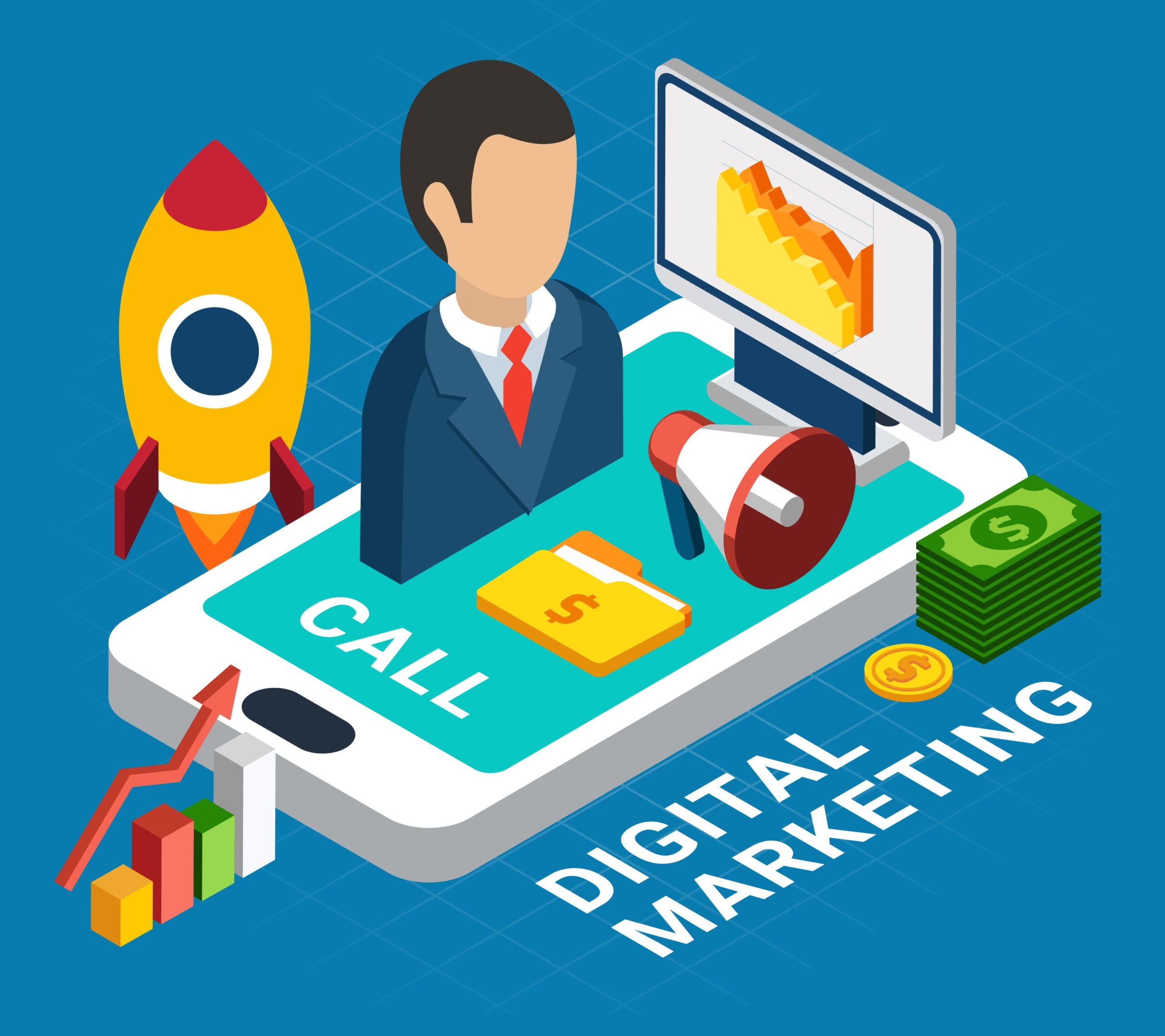In the current climate of business nothing is in silos in marketing. Customers are exposed to brands online as well as offline and this is a reason why brands need to make sure they deliver continuous and uniform marketing strategies offline as well as online. Holistic approach to offline and online marketing provides the maximum possible reach, engagement rates, and conversions, but further streamlines a brand experience. Being able to better understand the way these approaches can work in combination can enable companies to form closer connections with their audiences as well as resulting in a better marketing ROI.
Most organizations have a hard time maintaining consistency of messaging across both the physical and digital spaces that is confusing to customers and also dilutes the brand message. The next part of the paper discusses how it is practically possible to make offline marketing and online marketing go hand in hand and not compete against each other.
Table of Contents
Importance of Unified Messaging
Integration comes as a result of achieving the core of consistent brand message both offline and online. The customer is not told the same information at all the touchpoints the customer uses, and thus it lowers the trust level which leads to less chance of engagement. To avoid this, businesses have to come up with a concise single marketing message that would accurately represent their company values and directly address their prospective customers.
Constant means more than constant application of identical logos and slogans. It means making sure that tone, style and key selling points are the same regardless of how the customer is exposed to the brand whether it is a billboard, print ad, on social media, or on the web. This consistency solidifies brand awareness and makes the customer experience stronger in general.
Aligning Campaign Objectives and Strategies
Integration involves off-line and online programs that have mutual objectives and that each off balance the other. As an example, offline activity or events may cause people to go to an ideally online place where people can purchase, or interact with the services. In contrast, online activities may help advance offline projects as well, such as offering events in stores or the in-store promotions of customers.
There is a need to have strategic planning on how the various channels complement each other. The liaisons of the marketing teams that target separate channels prevent the duplication or ideologically contrasting messages. Organizations can establish congruent goals, thereby establishing a marketing environment where offline and online activities boost each other by not operating in a vacuum.
Using Technology to Bridge Offline and Online
Offline and online marketing marry through technology. Such tools as QR codes, NFC labels, or customized URLs allow the use of offline materials to open the doors to the online content directly to customers. Take the example of a flyer or poster containing a QR code redirecting partners to china towards a landing page with AI SEO success factors and engagement as well as conversion via offline sources has become simpler to monitor.
Integration can also be undertaken with the aid of customer data platforms and CRM systems, which will centralize offline and online interaction data. This integrated data, enables marketers to personalize follow-up communications and also evaluate effectiveness of campaigns in a whole-picture perspective. The use of technology in such a manner gives customers a smooth experience and improved knowledge of the various measures through which various channels enable success.
Enhancing Customer Experience Across Channels
One of the many advantages of adopting a combination of offline marketing and online marketing is development of an easy and pleasant consumer experience. The customers of the modern era require seamless transfers between their digital and physical brand engagements with no confusion and friction. When an audience learns about a product via social media advertisement or when it is in-store, the experience should seem related and continuous.
As an example, online ordering with in-store pickup joins some of the benefits of online shopping and offline fulfillment that is much faster. Also, customer service ought to be available in a variety of ways so that clients could receive help whenever they feel like making a phone call, chatting online, or going to a store. A seamless experience increases customer satisfaction and loyalty.
Measuring Campaign Performance Holistically
The only way a business can really leverage the combination of the offline and online marketing is to track results in all media in a combined manner. Conventional measures of foot traffic or printed ad views ought to be incorporated with digital figures such as web traffic, social media respondent, and rate of conversion. Such a detailed solution will allow determining what components of the campaign are contributing to its growth and what should be improved.
The touchpoints offline and online Attribution models that take into consideration the offline and online touchpoints give insights that are deeper into the customer journey. Better tracking of the effects of offline and online campaigns by using tracking codes, unique offers and AI SEO analytical tools can increase the knowledge of the effects both forces have on each other. With a single system of measurement, companies will be able to spend resources more wisely and maximize future campaigns.
Adapting to Emerging Trends and Technologies
The process of marketing integration is a continuous process, which demands a business to keep abreast with new tools and new behaviors of the consumers. New tendencies such as the idea of AI SEO are changing the manner in which brands address search optimization as they can now better target their products and increase the degree of content relevance in various domains. These innovations can be followed on the offline and online strategies to increase visibility and interaction.
In addition, the emergence of new technologies like augmented reality or interactive kiosks provides new methods of integrating the physical and the digital worlds. Although any business can adapt and embrace experimentation with newer ways of integration, being open-minded is the best bet towards gaining a hold on the attention of the customers in an ever-growing competitive market.
The offline and online marketing techniques must be combined to create harmonious campaigns that would be appealing to modern consumers. Coherent messaging, strategy coordination, technology utilization, and comprehensive measurement of their outcome can help companies establish a coherent brand that improves the customer experience and improves their performance. Integration is a continuous process and needs to be done through the co-operation of marketing teams, although the rewards are well worth the effort. Businesses that perfect this balance will have more brand loyalty, an improved engagement and better profits on the investments.

Andrej Fedek is the creator and the one-person owner of two blogs: InterCool Studio and CareersMomentum. As an experienced marketer, he is driven by turning leads into customers with White Hat SEO techniques. Besides being a boss, he is a real team player with a great sense of equality.
